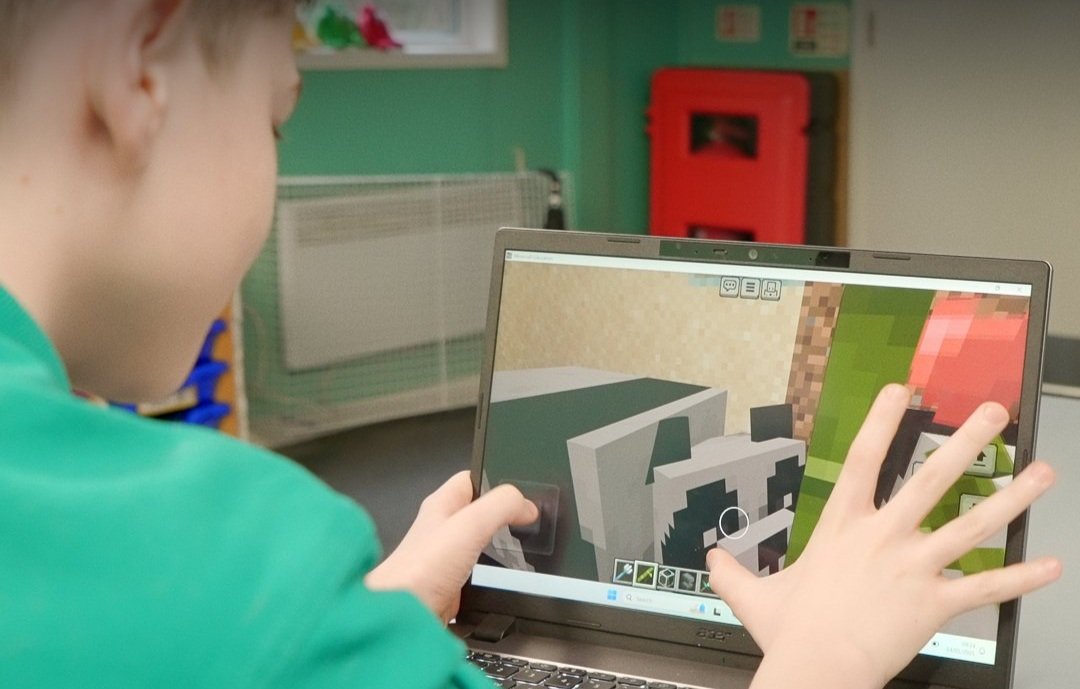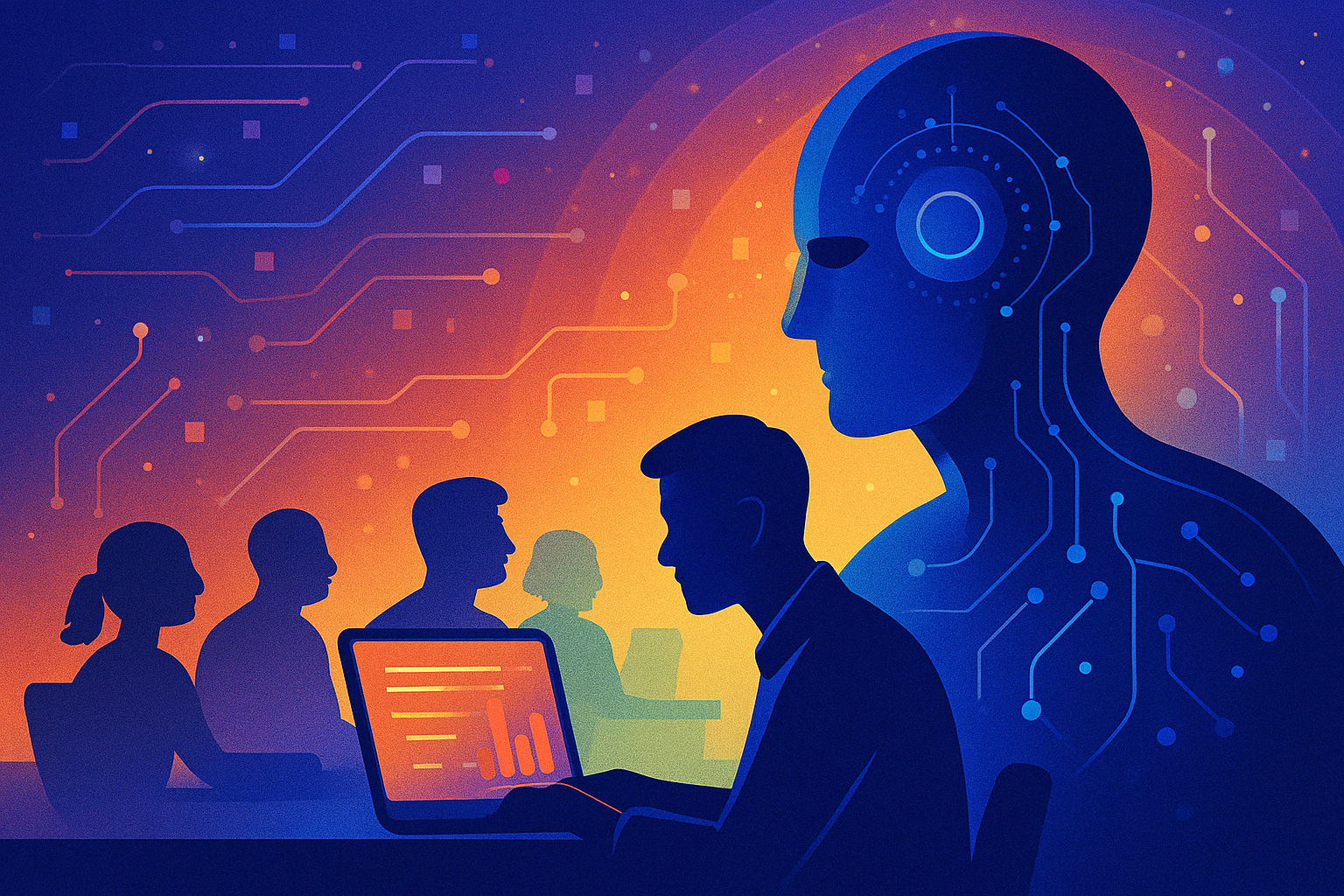Rehabilitation, restoration, and reintegration: The tech-driven future of our prisons
How can technology reshape the future of prisons? In an exclusive for ETIH, Sid Madge, founder of Meee and author of the Meee in a Minute books, explores how edtech can drive rehabilitation, restoration, and reintegration, transforming prisons into hubs of growth and opportunity for society.
The issues of rehabilitation, retribution, and incarceration have never been more urgent. With mounting challenges in the UK prison system, from overcrowding to underfunding, it’s clear that a radical transformation is needed.
The future of prisons isn't just a question of government policy; it’s about what role technology, businesses, and society as a whole can play.
Most importantly, it’s about how we can harness education and the transformative potential of technology to rehabilitate prisoners, restore communities, and reintegrate ex-offenders into the workforce.
In this age of innovation, one truth stands out: the future of our prisons is down to all of us, and technology can be the cornerstone of this transformation.
A tech-powered rehabilitation system
Traditional prison education systems have long focused on basic literacy, numeracy, and trade skills. While these are vital, they fall short in preparing prisoners for a world that is increasingly digital. Technology-focused rehabilitation programs could be the game changer we need, equipping prisoners with skills that align with the demands of the modern labor market.
Programs like The Counting on Confidence Program or EdTech initiatives such as Blended Learning Environments for European Prisoners (BLEEP) demonstrate the power of digital inclusion in prisons. These initiatives introduce prisoners to coding, data analysis, and other in-demand skills, bridging the digital divide that often isolates incarcerated individuals from society.
Technology offers a unique opportunity to personalize education for prisoners, many of whom have had disrupted or negative experiences with traditional schooling. With AI-driven learning platforms, prisoners can receive tailored instruction that meets their individual learning pace and addresses skill gaps. This not only enhances engagement but also boosts outcomes, ensuring that prisoners leave with skills relevant to modern employers.
Mindset and innovation behind bars
Through the Meee Program, I’ve witnessed some of the highest mindset scores and entrepreneurial potential anywhere in society. Prisoners are often natural problem-solvers, resilient under challenging conditions, and adept at creative thinking—qualities that make them ideal candidates for technology-based reskilling.
Entrepreneurial training, paired with technological skills, could unlock remarkable potential. Imagine prisoners equipped with coding abilities launching tech startups upon release or applying their skills to freelance opportunities in web development, app creation, or cybersecurity. This is not a utopian vision; it’s already happening in pockets around the world.
For example, the US-based initiative The Last Mile teaches coding to inmates and connects them with Silicon Valley opportunities. Closer to home, programs like Code4000 in the UK teach prisoners coding and software development, providing pathways to employment post-release. These examples underscore the latent talent within prison populations and the immense value in providing them with modern skills.
The untapped workforce of ex-offenders
The UK faces a labor shortage, with over six million working-age people currently unemployed. This costs the economy over £455 billion annually, and employers across sectors are struggling to fill vacancies. Meanwhile, the ex-offender population represents an untapped resource. With the right tools, training, and support, this population could play a pivotal role in addressing the labor shortfall.
Yet only 17% of ex-offenders are in employment a year after release, a statistic that highlights the gap between potential and reality. Edtech could bridge this gap by enabling prisoners to upskill in areas such as IT support, digital marketing, and software engineering, making them highly employable in today’s workforce.
Businesses that embrace this untapped talent pool not only address their own staffing needs but also contribute to breaking the cycle of reoffending.
Breaking the cycle with technology
Reoffending rates in the UK are alarmingly high, costing the country an estimated £18 billion annually. Without effective rehabilitation and reintegration programs, prisoners are often released into environments that perpetuate criminal behavior. Education, particularly in technological fields, can be a lifeline, offering a pathway to stability and purpose.
Digital tools enable prisoners to learn remotely, even in environments where access to in-person instruction is limited. Platforms like Google Classroom, Coursera, and other online learning systems can be adapted for use within prisons, providing inmates with access to world-class education. Virtual reality (VR) training is another avenue with enormous potential, allowing prisoners to gain practical experience in everything from manufacturing to medical technology.
Additionally, digital literacy is increasingly essential for reintegration into society. Tasks as simple as applying for a job, managing finances, or accessing health services often require digital proficiency. By embedding these skills into rehabilitation programs, we set ex-offenders up for success in their post-prison lives.
Restorative justice and community collaboration
Effective rehabilitation requires more than education; it demands collaboration between communities, businesses, and governments. Restorative justice programs, which encourage offenders to take accountability for their actions and make amends with victims, are a key part of this equation. These programs can be enhanced with technology, using virtual platforms to facilitate meaningful dialogue and resolution.
Businesses also have a critical role to play. Many employers are hesitant to hire ex-offenders due to stigma or misconceptions, but forward-thinking companies recognize the value of second chances. Offering apprenticeships, mentorships, and job placements to ex-offenders creates a ripple effect, reducing reoffending and fostering a culture of inclusivity.
A Model of rehabilitation for the digital age
The financial cost of doing nothing is staggering, but the human cost is even greater. Every prisoner who reoffends represents a failure of the system—not just for them, but for their victims and society as a whole. By embracing technology-driven rehabilitation, we can transform prisons into places of growth and opportunity rather than stagnation and despair.
Edtech can help build a prison system that is forward-looking and focused on solutions. Through targeted skills training, digital literacy programs, and entrepreneurial opportunities, we can prepare prisoners for meaningful employment and empower them to contribute positively to society.
From incarceration to inspiration
Rehabilitation is not only about preparing prisoners for work; it’s about restoring their sense of self-worth and purpose. Technology has the power to inspire and motivate, giving prisoners the tools to envision a life beyond crime. It also enables them to become role models for their families, breaking the generational cycle of incarceration and inspiring future generations to pursue positive paths.
As the founder of Meee, I believe in the potential of every individual to make meaningful contributions. The future of our prisons, and the individuals within them, is not just a matter of government policy. It’s a challenge for businesses, communities, and every one of us. By leveraging EdTech and embracing a model of rehabilitation, restoration, and reintegration, we can build a system that benefits everyone.
The success of a prison system is not measured by the number of people it confines but by the number of lives it transforms. With technology as our ally, we have the opportunity to create a brighter future—not just for prisoners, but for our society as a whole.





















